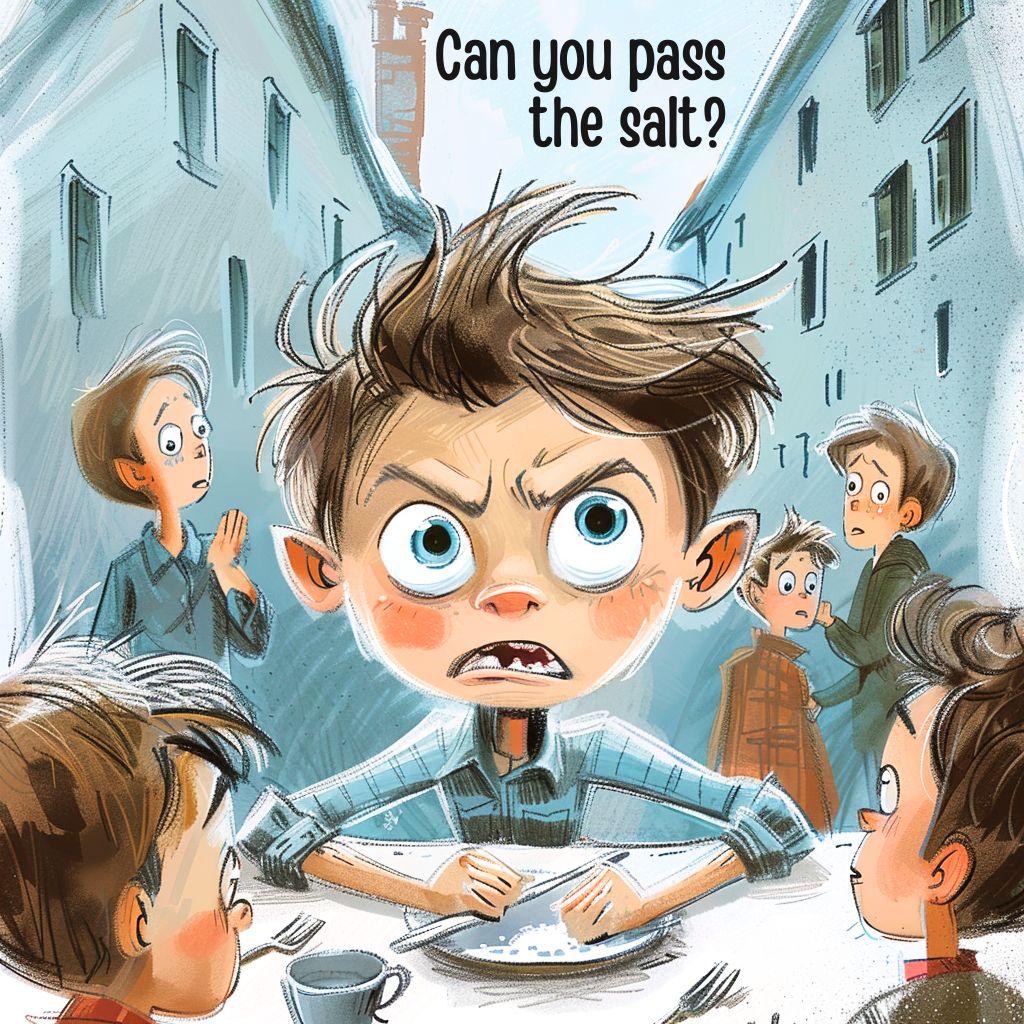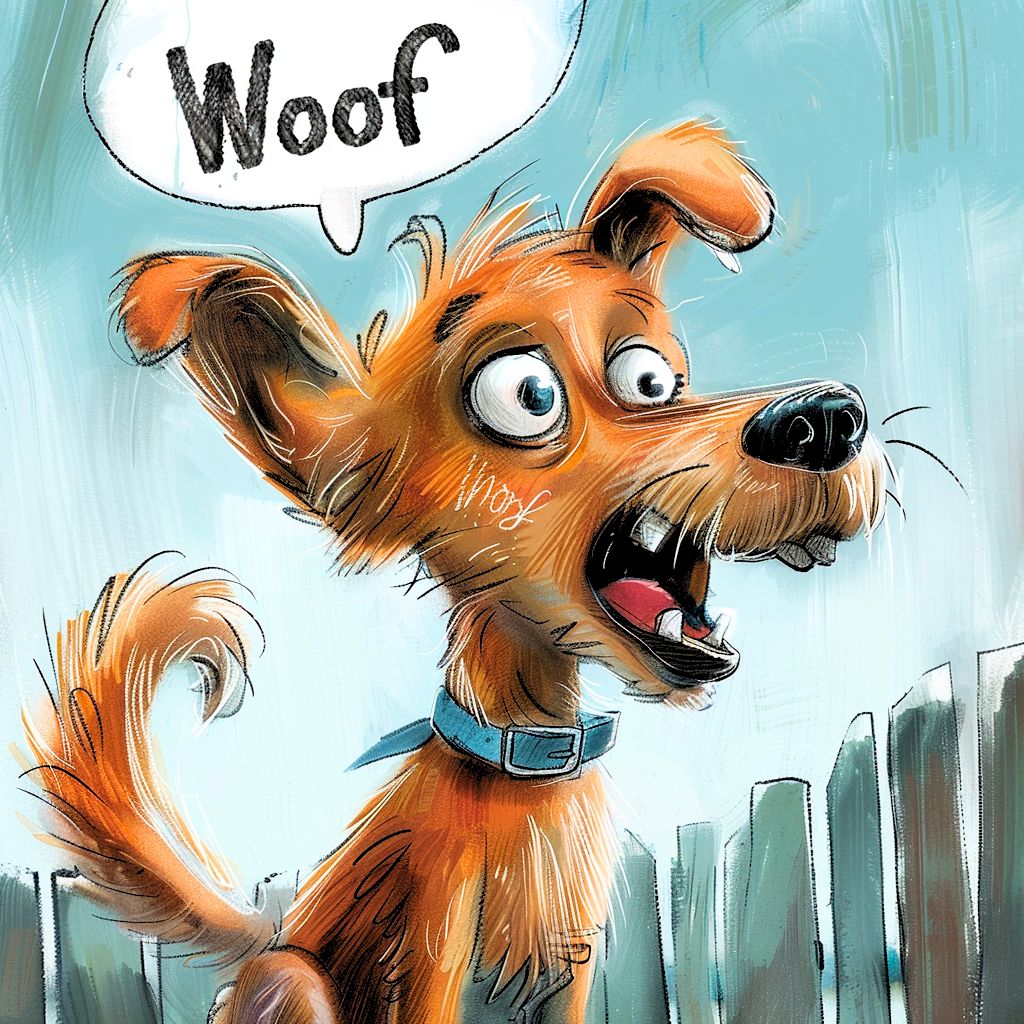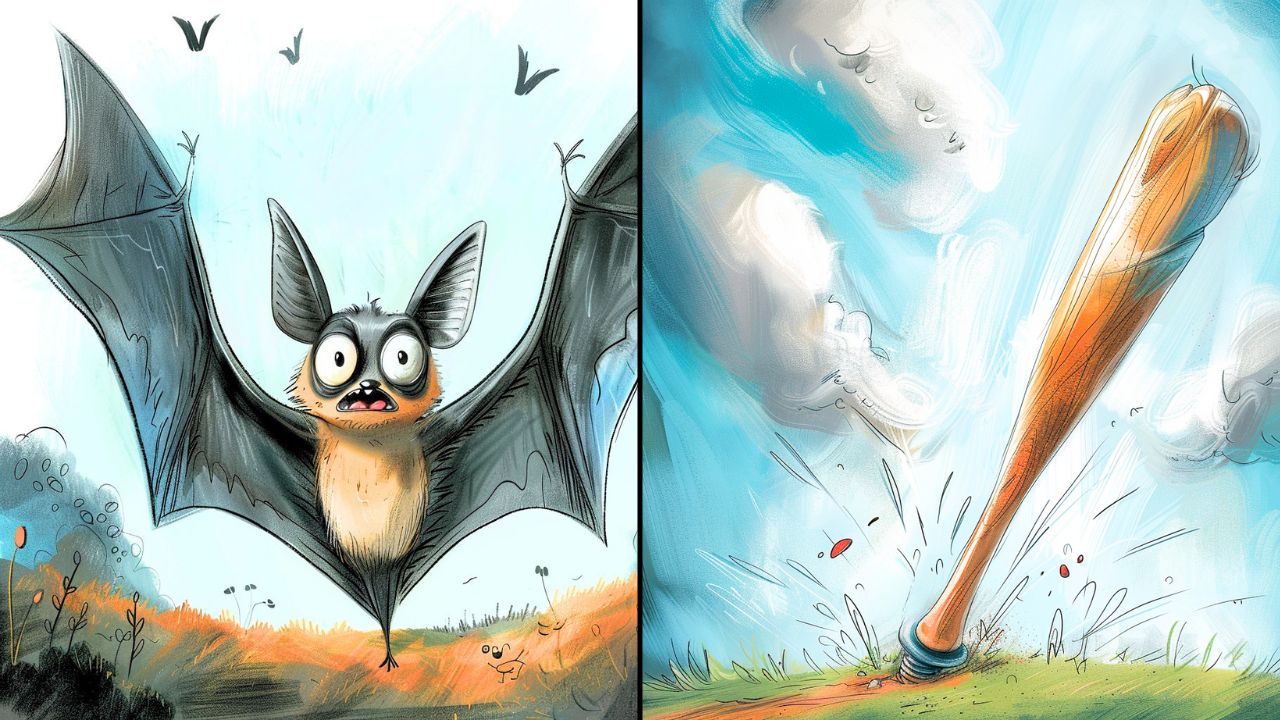Linguistics, the scientific study of language, is packed with fascinating terms and concepts. Now let’s check these 21 key linguistic concepts that will enlighten and entertain you, offering a deeper understanding of how language works.
Phoneme: The Small Sound Giants
Imagine you’re playing a word game where every tiny sound can change your score. In linguistics, that’s exactly what phonemes do! A phoneme is the smallest unit of sound that can change the meaning of a word. Take “bat” and “pat,” for example. The difference between “b” and “p” is just one phoneme, but it completely transforms the word. Think of phonemes as the building blocks of language—small yet mighty.
Morpheme: The LEGO Pieces of Language
Picture a LEGO set where each piece has its own function. In the world of language, morphemes are those pieces. They are the smallest units of meaning. For instance, “un-” in “undo” indicates a reversal, and “-s” in “dogs” signifies plural. Each morpheme adds a unique layer of meaning to the word puzzle, making language both flexible and rich.
Syntax: The Sentence Architect
Imagine you’re building a tower with blocks, and there’s a specific way to stack them so it doesn’t tumble down. Syntax is like that rulebook for constructing sentences. It dictates the correct order of words to convey the right meaning. Instead of saying “Dog the bites man,” syntax ensures we say “The dog bites the man,” keeping our linguistic tower stable and comprehensible.
Semantics: The Treasure Hunt for Meaning
Let’s start with the treasure hunt for meanings with semantics. This branch of linguistics explores how words and sentences carry meaning. It’s like deciphering a code where every word and sentence is a clue to understanding the message. Whether it’s literal or figurative, semantics helps us navigate the intricate map of meaning in language.
Pragmatics: The Context Whisperer
Context is everything with pragmatics. Imagine you’re at a dinner party and someone asks, “Can you pass the salt?” They’re not questioning your physical ability but politely requesting the salt. Pragmatics studies how context influences the interpretation of meaning, making conversations smooth and meaningful.
Phonology: The Symphony of Speech
Think of phonology as the musical score behind speech. It’s the study of sound systems within languages, exploring how sounds function and interact. Just like a composer understands musical notes, a linguist understands phonemes and their patterns, creating harmony in the symphony of speech.
Morphology: The Word Architect’s Blueprint
Morphology is the study of word formation and structure. It’s like being a word architect, understanding how words are built from smaller units called morphemes. This helps explain why “runner” is formed from “run” and the suffix “-er,” illustrating the blueprints of language construction.
Lexicon: Your Personal Word Bank
Imagine having a vast personal dictionary in your mind. The lexicon is exactly that—the complete set of words and expressions you know and use. It’s your linguistic toolkit, ready to be deployed in conversations, writing, and thinking.
Etymology: The Time Machine of Words
Etymology is the time machine of linguistics. It takes you on a journey to discover the origins and historical development of words. Did you know “goodbye” comes from “God be with ye”? Etymology unravels these fascinating stories behind words, connecting the past with the present.
Allophone: The Sound Variants
Allophones are like the different shades of a color that don’t change its identity. In linguistics, they are variants of a phoneme that do not alter the meaning of a word. For instance, the aspirated “p” in “pat” and the unaspirated “p” in “spin” are both allophones of the phoneme /p/.
Dialect: The Language Variants
Dialects are regional or social varieties of a language with distinct features. Imagine traveling across different parts of a country and hearing unique accents and expressions. Dialects add richness and depth to a language, showcasing the cultural heritage of its speakers.
Pidgin: The Linguistic Bridge
Pidgin languages are like linguistic bridges. They develop as simplified means of communication between speakers of different native languages. Pidgins are practical and functional, often emerging in trade or multicultural settings, blending elements from various languages to facilitate understanding.
Creole: The Language Evolution
Creole languages are the next step up from pidgins. They evolve into stable, fully developed natural languages with native speakers. Creoles emerge from the mixing of languages in multilingual communities, creating a new linguistic identity that stands on its own.
Code-Switching: The Linguistic Dance
Imagine switching between different linguistic gears. Code-switching is the practice of alternating between two or more languages or dialects in a conversation. It’s a skillful dance of words, reflecting cultural identity, social context, and conversational nuance.
Loanword: The Linguistic Souvenir
Loanwords are like souvenirs from linguistic travel. They are words borrowed from one language and incorporated into another. Think of “ballet” from French or “sushi” from Japanese. Loanwords enrich languages, bringing in flavors from diverse cultures.
Onomatopoeia: Words That Sound Like What They Mean
Onomatopoeia is where words imitate sounds, making language playful and expressive. Words like “buzz,” “clang,” and “whisper” evoke the sounds they describe, adding a sensory dimension to communication. It’s like painting with sound in the canvas of language.
Animal sounds are a perfect example of this. What sound does a dog make? Woof woof.
And how about a frog? Ribbit, ribbit.
See what I mean?
Tip: Check out our article on Animal Onomatopoeia. You’ll be amazed at how differently these sounds are interpreted in various languages!
Contronym: The Linguistic Chameleon
Contronyms are linguistic chameleons with opposite meanings. For example, “cleave” can mean both to split apart and to cling together. These words add a twist to language, challenging us to interpret them correctly based on context.
Metaphor: The Imaginative Shortcut
Metaphors are like linguistic shortcuts that add depth and imagery to communication. Saying “time is a thief” conveys the idea of time slipping away without needing a literal explanation. Metaphors enrich our language, making it vivid and evocative.
Homophone: The Playful Twins
Homophones are words that sound the same but have different meanings and spellings, like “flower” and “flour.” They can be a source of playful confusion and puns, adding a fun layer to the linguistic landscape.
Homonym: The Word Puzzle
Homonyms are words that are spelled and pronounced the same but have different meanings, such as “bat” (the flying mammal) and “bat” (used in sports). These words can be intriguing puzzles, requiring context to decipher their intended meaning.
Syntax Tree: The Sentence Roadmap
A syntax tree is like a roadmap for sentences. It visually represents the hierarchical structure of a sentence, showing how words and phrases are organized and connected. Syntax trees help linguists analyze and understand the underlying grammar of languages.
These key linguistic concepts not only illuminate the mechanics of language but also reveal the beauty and complexity of human communication.

Hey fellow Linguaholics! It’s me, Marcel. I am the proud owner of linguaholic.com. Languages have always been my passion and I have studied Linguistics, Computational Linguistics and Sinology at the University of Zurich. It is my utmost pleasure to share with all of you guys what I know about languages and linguistics in general.









